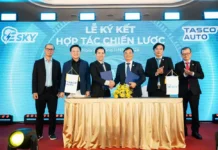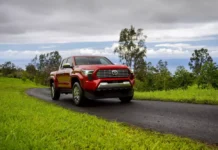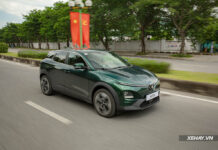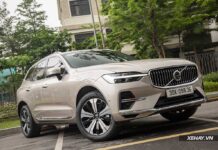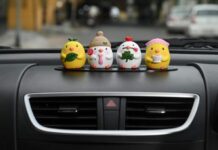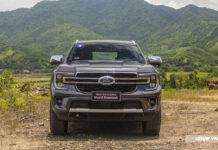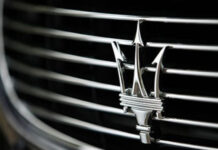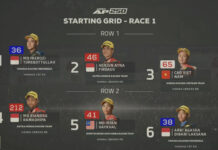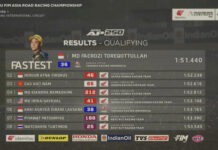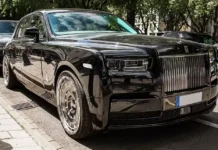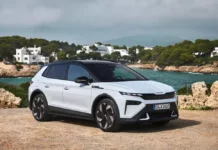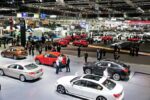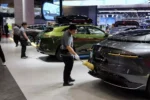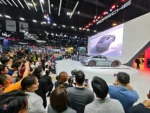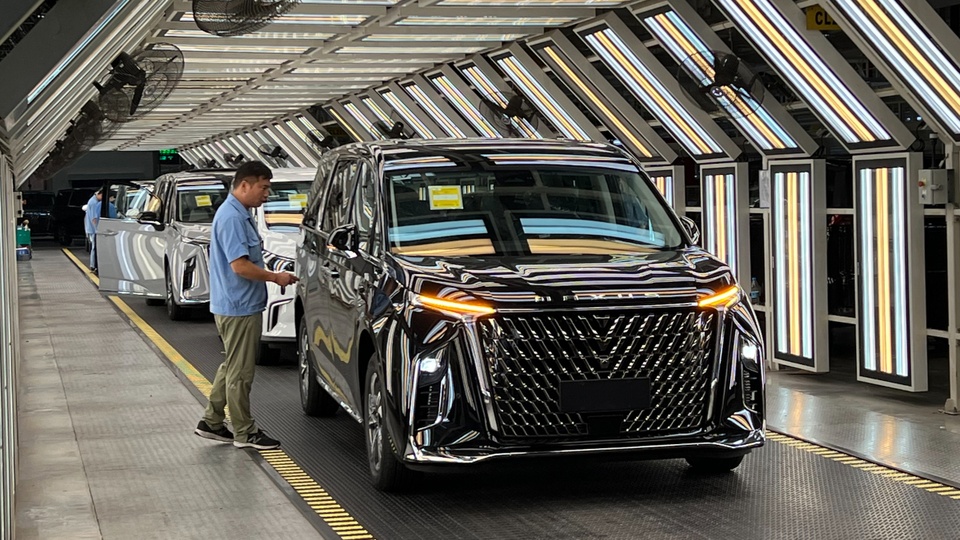
|
|
Illustration: Nikkei Asia. |
The auto industry is facing a “severe surplus,” according to Geely Chairman Li Shufu, and the rapid development of China’s auto industry is having a global impact.
The breakneck speed of development, with hundreds of car brands competing in the market, has led to an intense rivalry that partly explains why Chinese automakers are proactively ramping up domestic production despite realistic demand considerations.
Beyond the Rosy Picture
In 2024, China’s auto industry set a record high for annual production. A total of 31.436 million vehicles rolled off assembly lines in the past year, accounting for approximately 33% of global auto production.
Data from the China Association of Automobile Manufacturers (CAAM) reveals that in the first four months of this year, the industry produced 10.175 million vehicles, representing a 12.9% increase compared to the same period last year.
During the same timeframe, auto sales in China reached 10.06 million units, reflecting a 10.8% year-over-year growth.
|
|
|
CAAM’s report indicates near-equal consumption and production of automobiles in China. Illustration: Bloomberg. |
In the new energy vehicle segment, China produced 4.429 million units as of the end of April, while sales for this category reached 4.3 million units during the same period.
With a consumption rate of 97% for new energy vehicles and nearly 99% for the overall market, China’s auto industry appears to be immune to the “surplus crisis” mentioned by Chairman Li.
However, the reality behind these consumption figures is not as rosy as the CAAM report suggests.
According to Car News China, the Chinese auto market is flooded with “zero-kilometer used cars” – a term describing new cars that are registered and documented but immediately resold as used cars without any actual road usage.
The odometers of these vehicles often display only a few hundred kilometers, and some even show zero mileage.
Wei Jianjun, Chairman of Great Wall Motor, confirmed the existence of “zero-kilometer used cars” in the Chinese market and expressed concern about this trend. These vehicles are registered as new cars and then immediately offered for sale in the used car market.
|
|
|
Numerous “zero-kilometer used cars” are advertised for sale in China. Image: Car News China. |
Car News China attributes the core of the “zero-kilometer used car” phenomenon to intense market competition. Dealers engage in this practice to proactively receive refunds from manufacturers or quickly achieve sales targets.
Specifically, automakers often offer incentives to dealers for registering new vehicles, even if they are immediately resold as used cars. This strategy also helps dealers and automakers meet sales targets and manage inventory, especially for less popular models.
According to Car News China, this tactic may mislead consumers into believing that automakers have higher sales figures than reality, influencing their purchasing decisions. Industry experts also express concern that this trend could destabilize car prices and accelerate asset depreciation.
Risks
The overdevelopment of China’s auto industry is evident in the existence of nearly 150 active car brands as of June. Despite the closure of some automakers, new brands and joint ventures continue to emerge.
Consequently, data from CAAM shows that passenger car inventories in China have reached 3.5 million units as of the end of April. This excess production has led Geely to decide against constructing new factories or expanding existing facilities.
|
|
|
Geely’s chairman declares no new factory construction due to the current surplus crisis. Image: Geely. |
The large inventories also compel automakers and dealers to find ways to offload vehicles, such as selling “zero-kilometer used cars” or exporting them to foreign markets.
Recently, the J Car joint venture in China successfully cleared a stockpile of 3,000 brand-new but two-year-old inventory vehicles. Most were sold domestically, while the remainder was shipped to Central Asian and Middle Eastern markets.
According to Car News China, this approach allows for the circumvention of emission standards that apply only to new cars, not used ones.
However, offloading old inventory to lower-tier international markets inadvertently creates pressure in those countries. While customers benefit from more affordable prices, most of these vehicles are outdated and lack the latest technology and features common in the Chinese market.
As a result, their appeal may be limited, and the inventory glut could simply shift from China to these lower-tier international markets, burdening local dealers or even stifling their business.
Suggested Reading for Your Journey
Our Automotive section offers a diverse range of book suggestions with captivating themes. During your travels, may these books provide engaging company alongside your chosen vehicle.





